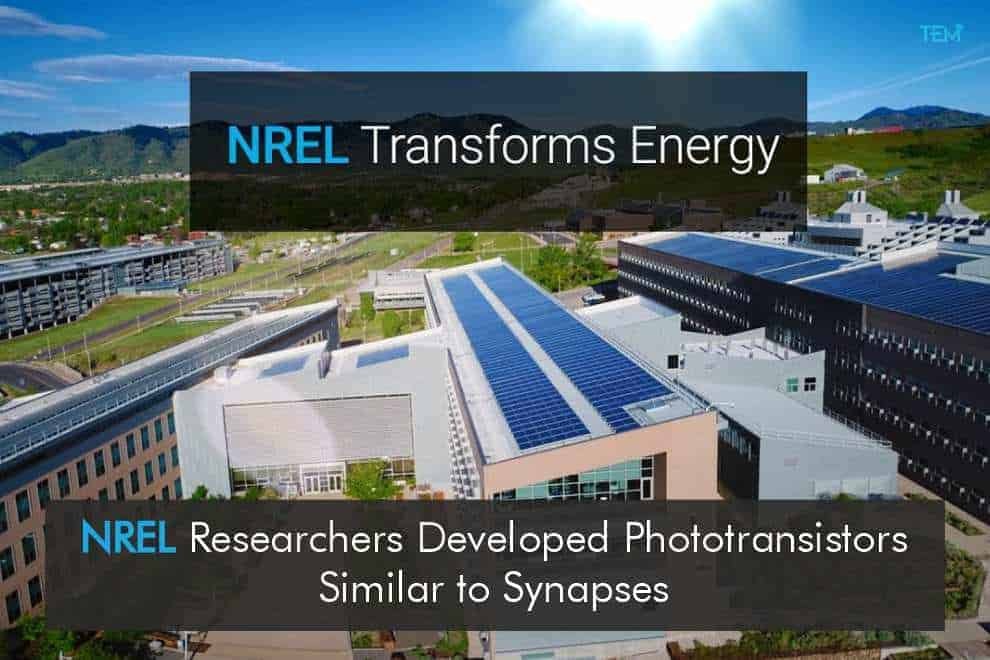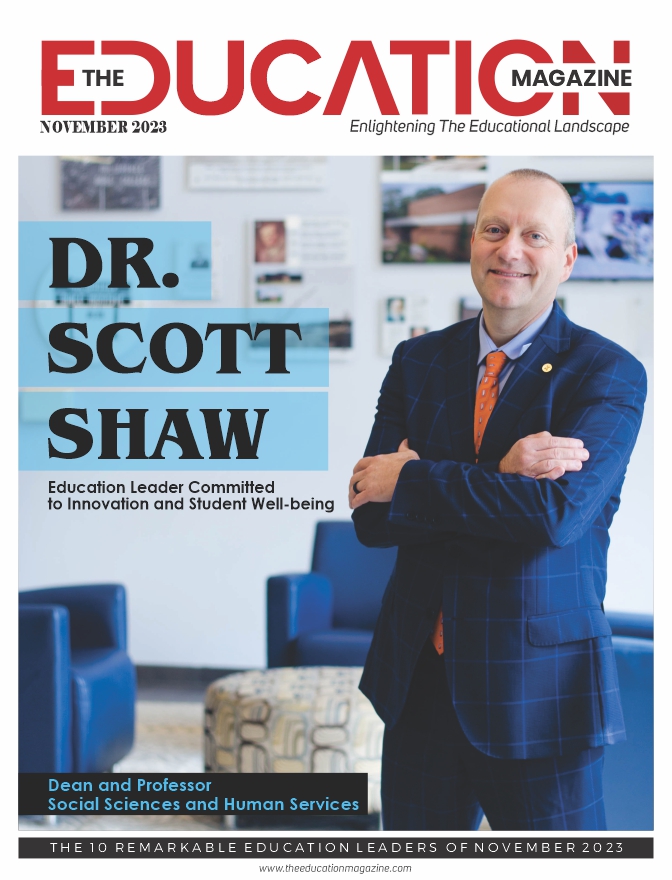Key Highlights:
- The newly developed structures rely metal-halide perovskites, new type of semiconductors
- These energy-efficient devices can help process computer information like human brains
- Researchers observed unusual electrical response during the experiment
Light hitting the device can be stored as memory in electric current
In a recent scientific breakthrough, researchers at the US Department of Energy’s National Renewable Energy Laboratory (NREL) discovered a scientific development of energy-efficient phototransistors. These devices could help computers process visual information like human brains and can be also used as sensors in automated devices like self-driving vehicles.
Energy-efficient phototransistors
The newly developed energy-efficient phototransistor structures rely on a new type of semiconductor, metal-halide perovskite. Metal-halide perovskites are proven highly efficient at converting sunlight into electrical energy and tremendously promising in an array of other technologies. These semiconductors were found as unique functional systems with potential benefits for various technologies.
According to Jeffrey Blackburn, senior scientist at NREL and co-author of a new paper outlining the same research, “NREL became interested in this material system for photovoltaics, but they have many properties that could be applied to whole different areas of science.”
The breakthrough experiments
During the research, researchers combined nanocrystals of these perovskites’ semiconductors with a network of single-walled carbon nanotubes to create a material condition. The experiment was carried out to develop a material that could potentially possess unusual properties for photovoltaics or detectors. When the researchers flashed a laser at the set-up, they found an unusual electrical response.
As per Joseph Luther, another senior scientist and co-author, generally after absorbing the light, an electrical current flows briefly for a short period of time. But in this experiment, the current continued to flow without paucity even when the light was turned off. Such behavior is termed as “persistent photoconductivity.” It is a form of “optical memory” in which light that hits a device can be stored in the “memory” of an electrical current. This phenomenon is similar to the synapses that are used to store memory in the brain.
Usually, persistent photoconductivity requires low temperatures and/or high operating voltages, in which the current spike lasts only for a small fraction of seconds. But in this recent advancement, the persistent photoconductivity produces an electrical current at room temperature in which the current flows for more than an hour, even when the light is switched off. In this case, only low voltages and light intensities were necessary and low energy was required to store memory.
The Photoconductivity research paper
The research paper was named as “Low-Energy Room-Temperature Optical Switching in Mixed-Dimensionality Nanoscale Perovskite Heterojunctions” and was published in the journal ‘Science Advances’. The research was co-authored by Ji Hao, Young-Hoon Kim, Severin Habisreutinger, Steven Harvey, and Elisa Miller, all from NREL, and by scientists from the University of Wisconsin–Madison and the University of Toledo, along with Luther and Blackburn. It was backed by the Center for Hybrid Organic-Inorganic Semiconductors for Energy (CHOISE), an Energy Frontier Research Center within the U.S. Department of Energy’s Office of Science.
The research provides design particles, which were previously lacking, that can be instilled into optical memory and neuromorphic computing applications. Visual perception accounts for the vast majority of input the brain collects about the world, and these artificial synapses could be integrated into image recognition systems. “There are many applications where sensor arrays can take in images and apply training and learning algorithms for artificial intelligence and machine-learning-type applications,” Blackburn said. “As an example, such systems could potentially improve energy efficiency, performance, and reliability in applications such as self-driving vehicles.”
The involved researchers had tried three different types of perovskites, namely formamidinium lead bromide, cesium lead iodide, and cesium lead bromide. Each perovskite was found compatible to produce a persistent photoconductivity. “What we made is only one of the simplest devices you could make from combining these two systems, and we demonstrated a simplistic memory-like operation,” Blackburn said. “To build a neural network requires integrating an array of these junctions into more complex architectures, where more complex memory applications and image processing applications can be emulated.”
Also Read:- Celebrating the 10 Famous Scientists of All Time










